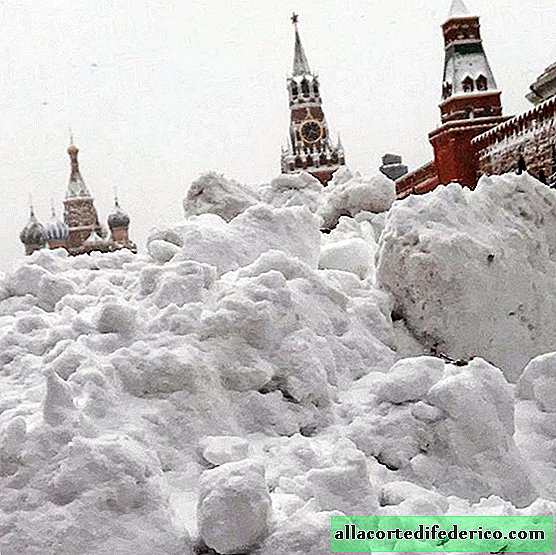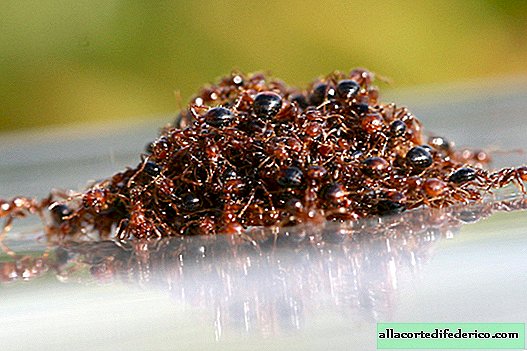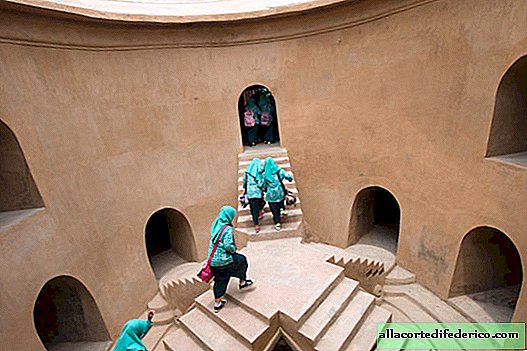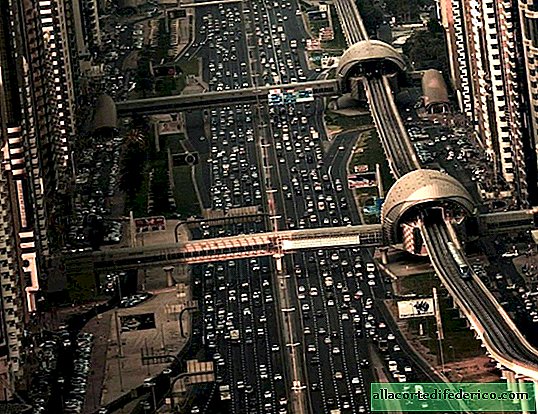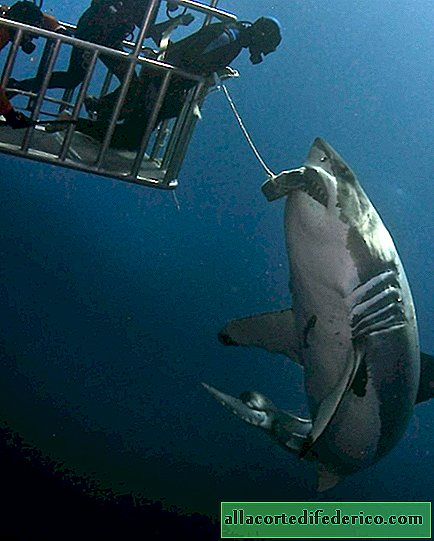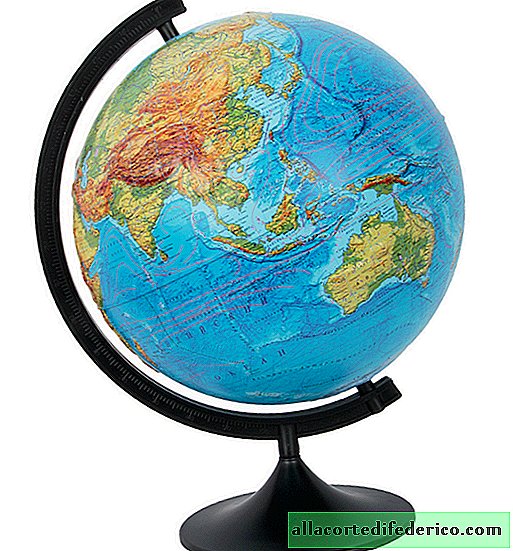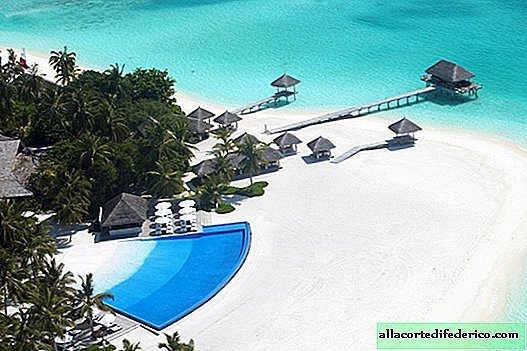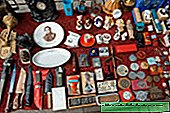Dangerous past: due to radiation, people still cannot return to the paradise islands
The Bikini Atoll, which gave the name to the well-known swimsuit model, was also famous for being a nuclear testing ground for the United States, which controlled and disposed of the island after the end of World War II. But, despite the fact that more than 60 years have passed since the last tests, a paradise island in the middle of the Pacific Ocean still stores traces of radioactive substances and is not safe for people. The radiation level here is higher than in the Chernobyl and Fukushima zones. People cannot return here, while the Marshall Islands suffer from overpopulation.
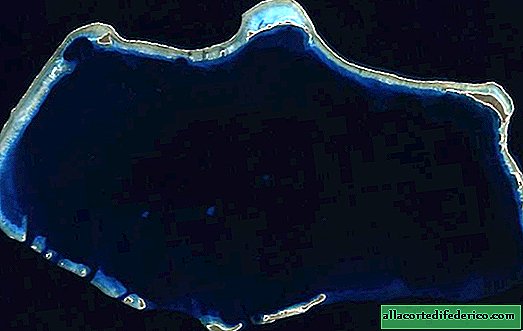 Bikini Atoll
Bikini AtollThe Marshall Islands are located in the equator in one of the most remote corners of the planet from civilization - Pacific Micronesia. The islands were inhabited about 2,000 years ago by the indigenous inhabitants of the island of Southeast Asia, who were looking for new lands on the expanses of the ocean. But by the time the islands were discovered by the European conquerors, there was no developed state capable of repelling the colonialists. The Marshall Islands became first Spanish possessions, then a German, and then a Japanese colony. After the division of the former Japanese colonies, the islands were the actual property of the United States, which decided to establish a nuclear testing ground in a remote region.
 Marshall Islands Map
Marshall Islands MapDuring the nuclear race, the United States repeatedly tested the newly created weapons. For 20 years, nuclear bombings were carried out on the islands, including the test of the most powerful American hydrogen bomb. Before testing, more than 160 people were resettled from Bikini Island. Despite the relocation, numerous cases of exposure to nuclear radiation on the unsuspecting population of the islands neighboring Bikini were recorded. Often the power of the explosion turned out to be much greater than that which was expected by American physicists, and not only the local population, but also fishing vessels that were more than 150 kilometers away fell into the affected area. In total, the islands of Utirik, Enivetok, Rongelap, Runit and Bikini, as well as the adjacent Pacific Ocean, were exposed to radioactive contamination.
 American Atomic Bomb Explosion, Bikini Atoll
American Atomic Bomb Explosion, Bikini AtollIn the 80s of the last century, the Marshall Islands received the official status of an independent state and, in fact, were left alone with their nuclear past. Despite the fact that the current legal status implies association with the United States, the official leadership of this country is in no hurry to solve the problems of the islanders, which it itself has created. To date, according to studies by specialists from the Columbia Center for Nuclear Research (USA), the concentration of radioactive elements on a number of atolls significantly exceeds permissible norms. For this reason, the islands, including the long-suffering Bikini, are not suitable for living. In addition to invisible radiation, the Marshall Islands left a completely tangible trace of the nuclear past - a concrete sarcophagus with contaminated soil on Runit Island. According to recent research, contaminated particles from this repository already fall into the Pacific Ocean.
 Concreted Radioactive Waste Storage Facility, Enivetok Atoll
Concreted Radioactive Waste Storage Facility, Enivetok AtollDespite the fact that the state includes more than 30 islands, most of the inhabitants, and there are about 53,000 of them, live in two cities occupying different atolls. This is the capital of the country - Majuro, as well as the city of Ebeye, whose population has been steadily increasing over the past decade. Two tiny coral islands today accommodate nearly 40,000 people, which has led to many overpopulation problems. This is primarily the depletion of marine resources, difficulties with fresh water, as well as the elementary lack of space suitable for the construction of new neighborhoods.
 Majuro - the capital of the Marshall Islands
Majuro - the capital of the Marshall Islands

